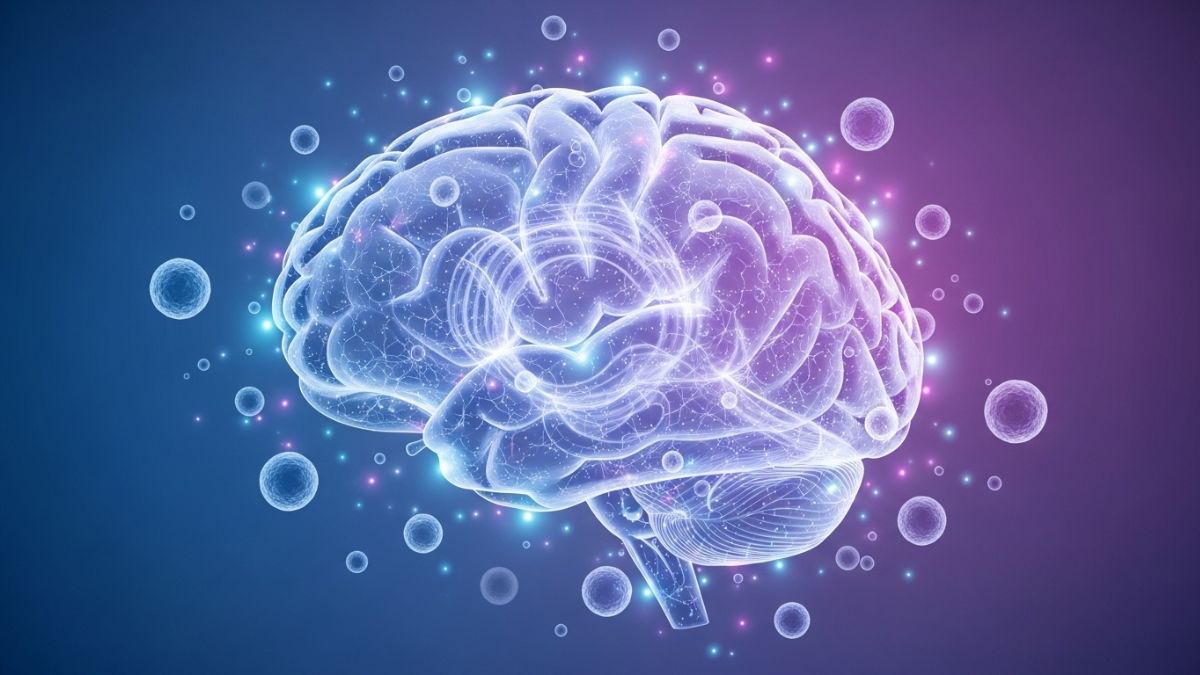Autism spectrum disorder (ASD) is a complex developmental condition that affects communication, social interaction, and behavior. While there is no definitive cure, new therapeutic methods are being explored to help improve life quality for individuals with ASD. One promising area of research is stem cells and autism treatment, which uses the regenerative capabilities of stem cells to address certain biological factors that may influence autism symptoms.
Stem cells have the unique ability to develop into various cell types and release molecules that encourage tissue repair, regulate the immune system, and reduce inflammation. In the case of autism, stem cells and autism treatment is aimed at enhancing brain health by repairing neural pathways, improving cellular communication, and supporting healthier immune responses.
Mesenchymal stem cells, commonly obtained from umbilical cord tissue, bone marrow, or adipose tissue, are considered among the most suitable for such treatments due to their neuroprotective and immunomodulatory properties. Early research and clinical observations have suggested that some patients may experience better social interaction, improved language skills, and reduced behavioral difficulties after undergoing therapy.
Although results can vary and more large-scale studies are required, stem cell therapy offers a novel direction for families seeking medical options beyond traditional behavioral and educational interventions. All treatments must be performed in regulated medical settings to ensure patient safety and maximize potential benefits.
Stem Cells Autism Treatment: Process, Potential Benefits, and Future Outlook
Stem cells autism treatment specifically refers to using stem cell therapy as part of a supportive care plan for individuals with ASD. This approach targets potential contributing factors such as brain inflammation, immune dysregulation, and reduced oxygen supply to specific brain regions.
The process begins with a detailed health evaluation to confirm suitability for the procedure. Stem cells are harvested from an approved source, processed under sterile conditions, and administered — often intravenously or via other medically appropriate methods — so they can reach areas of the body where repair and regulation are needed.
Reported benefits of stem cells autism treatment may include enhanced focus and attention span, improved comprehension and speech, better emotional regulation, and a decrease in repetitive or sensory-sensitive behaviors. Some individuals may also show improvements in sleep quality and overall adaptability in daily life.
To increase effectiveness, researchers are investigating combinations of stem cell therapy with existing autism support strategies, such as speech therapy and occupational therapy. While the treatment is still under scientific evaluation, growing evidence points to its potential as part of a comprehensive autism care plan in the future.











